- News
- Reviews
- Bikes
- Accessories
- Accessories - misc
- Computer mounts
- Bags
- Bar ends
- Bike bags & cases
- Bottle cages
- Bottles
- Cameras
- Car racks
- Child seats
- Computers
- Glasses
- GPS units
- Helmets
- Lights - front
- Lights - rear
- Lights - sets
- Locks
- Mirrors
- Mudguards
- Racks
- Pumps & CO2 inflators
- Puncture kits
- Reflectives
- Smart watches
- Stands and racks
- Trailers
- Clothing
- Components
- Bar tape & grips
- Bottom brackets
- Brake & gear cables
- Brake & STI levers
- Brake pads & spares
- Brakes
- Cassettes & freewheels
- Chains
- Chainsets & chainrings
- Derailleurs - front
- Derailleurs - rear
- Forks
- Gear levers & shifters
- Groupsets
- Handlebars & extensions
- Headsets
- Hubs
- Inner tubes
- Pedals
- Quick releases & skewers
- Saddles
- Seatposts
- Stems
- Wheels
- Tyres
- Health, fitness and nutrition
- Tools and workshop
- Miscellaneous
- Tubeless valves
- Buyers Guides
- Features
- Forum
- Recommends
- Podcast
feature
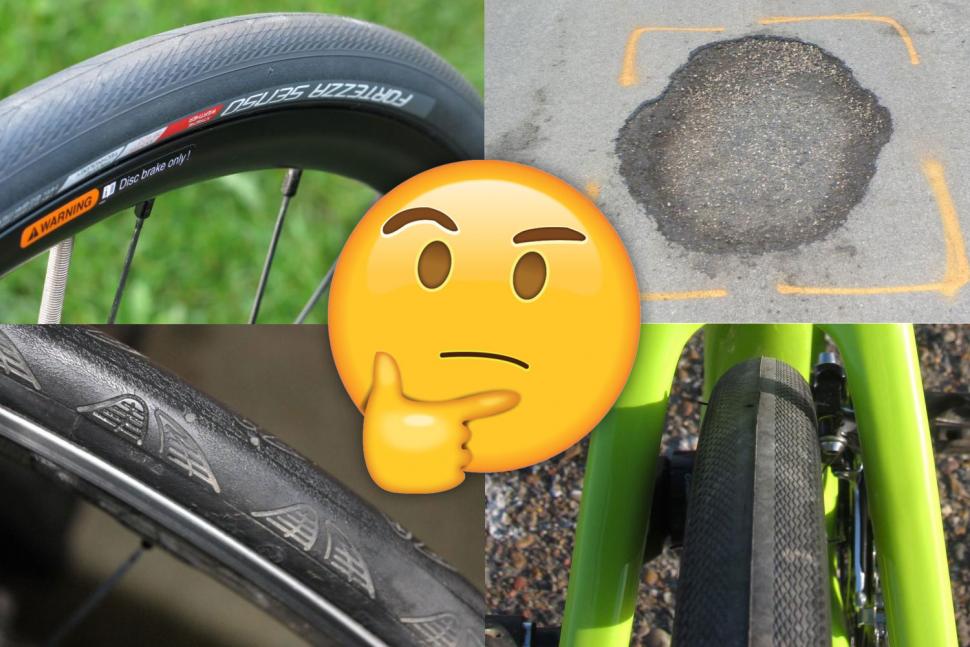 When should you change your tyres
When should you change your tyresWhen to change your bike tyres — 7 warning signs to look for
We all know that tyres don’t last for ever but exactly when do they need replacing? Here’s how to tell when the time has come for a new pair.
There are essentially five parts to a clincher tyre (standard tyres that use inner tubes, held in place by a bead that hooks to the wheel rim, as opposed to tubulars that are bonded to the wheel):
Casing The supple body of the tyre, made of nylon (usually) in various numbers of threads per inch (TPI), that’s covered in rubber.
Protection layer Manufacturers sometimes use various different types of material underneath the tread to provide resistance against punctures.
Tread The compound that comes into contact with the ground.
Bead The bit around the edge that secures the tyre to the wheel rim. These are made from wire or foldable Kevlar.
Anti-chafing strip The reinforcement that protects the bead.
Check out our guide to road cycling tyres.
Impacts
Most road bike tyres will go through their lives without experiencing too much in the way of trauma, but you might hit a pothole, a big stone, or some other obstacle that causes damage to the structure, or something might ping up from the road surface.
Check your tyres carefully if anything like this happens.
“A casing breach of any size in the sidewall/ 2mm under the tread would usually render a tyre disabled and ready for replacement,” says Shelley Childs of Cambrian Tyres, the company that distributes Continental bike tyres in the UK.
“If you hit a pothole and feel the wheel rim has made contact with the road surface, then there is a chance that the tyre sidewall (casing) has been breached, even if there is no air loss of the inner tube. Stop and check.
“Also, if you ride over something that causes an obvious bump or jerk to the handling of the bike, your tyre may have been damaged, even if you don’t suffer a puncture. Again, stop and check just to be safe.
“If you do see a tear anywhere on the exposed surface of the tyre (tread or sidewall), inspect it thoroughly and try to see if the inner tube is visible. If so, the tyre is unsafe. If not, then the casing should still be intact and you can ride on, but get the tyre checked by your local dealer just to be sure.”
Check the wheel too.
“If the tyre/tube survives a pothole smash then it’s essential that after you’ve checked the tyres you should also check your rims to make sure that their structure hasn't been compromised,” says Schwalbe's Dave Taylor. “A dented rim or displaced spoke can cause unwanted friction for tyre and tube which could lead to a puncture on a later ride.”
Tread wear indicators
Most often, though, tyres simply wear out gradually with use due to contact with the road.
Some tyres come with tread wear indicators that tell you when it’s time for a replacement.
Continental road tyres, for example, now have two small ‘tap-holes’ in the central area of the tread. These are designed to disappear as the tyre nears the end of its serviceable life. Once the holes are gone it’s time to bin the tyre, no matter how tempting it is to try to wring a bit more life out of them.
A small triangle and the letters TWI on the sidewall show you where the tread wear indicator should be.
Although it's getting worn, the tread wear indicators on this tyre (above) are still visible.
Other manufacturers use their own tread wear indicators. This one (above), for example, is on a Giant tyre.
If you’ve skidded your bike it could be that the tread wear indicators are still intact but you’ve worn through the tread in another area. You need to change your tyre in this situation.
What if your tyres don’t have tread wear indicators?
“A tyre will change its shape slightly once it has worn out,” says Shelley Childs. “As well as affecting the handling of the bike slightly, it will no longer look round in the cross section [as above], it will look more square, as the tread area has worn significantly.
“If your tyre had a tread pattern, this will have disappeared and in extreme cases, you may even see the casing material showing through.“
Dave Taylor says, “When the puncture protection belt or the carcass threads can be seen through the tread the tyre has reached its wear limit and must be replaced. As puncture resistance also depends on the thickness of the tread layer, it may be useful to replace the tyre sooner.”
Find out what tyre width is best for you.
Repeated flats
If your tyres don’t have tread wear indicators, repeatedly getting flats from small stones and pieces of glass is an indication that the tread could have worn thin and it’s time to replace your tyres.
If the protection layer or the casing is showing through, it’s definitely time for some new rubber.
Worn sidewalls
A tyre’s sidewalls will sometimes fail before the tread is worn out.
“In most cases, this premature failure is due to prolonged use of the tyre with insufficient inflation pressure,” says Schwalbe. “Checking and adjusting the inflation pressure at least once a month with a pressure gauge is most important.”
The sidewalls may be damaged if a bike is left on flat tyres for a long period. If fitted on a wheel, tyres should be inflated or the wheel should be hung up for storage.
Bead problems
If the bead is damaged and is blown off the rim when you inflate the inner tube, you need to replace the tyre.
Tread pattern
Don’t worry too much about the depth of the tread pattern – if there is one on your tyres – affecting performance. When we visited Continental last year, their experts told us that the tread pattern doesn’t make much difference on the road. It has a role in certain circumstances, but it doesn’t do much, unlike off-road when the tread pattern is vital in determining grip on conformable ground.

However, if the pattern is getting shallow, that could be a warning that the tread itself is wearing thin and that the tyres will soon need replacing.
Swapping front and rear tyres
Your rear tyre will invariably wear quicker than your front tyre. Some people will swap over the front and rear tyres after some use to make sure they wear out at roughly the same time, but Shelley Childs doesn’t think this is good practice.
“It is not advisable due to the change in handling characteristics of each tyre as they become worn,” he says. “A rear tyre will be square, whist a front tyre more rounded. To put a worn rear tyre on the front wheel would negatively affect the handling of your bike.”
Schwalbe's Dave Taylor isn't so opposed to the idea.
“This is really up to the individual rider and takes into account things like their own budget, riding style, riding distance, and riding surfaces," he says. "You would want fresh rubber front and rear for a gran fondo, for example, but would settle for a front and rear swap for your daily commute.”
Mat has been in cycling media since 1996, on titles including BikeRadar, Total Bike, Total Mountain Bike, What Mountain Bike and Mountain Biking UK, and he has been editor of 220 Triathlon and Cycling Plus. Mat has been road.cc technical editor for over a decade, testing bikes, fettling the latest kit, and trying out the most up-to-the-minute clothing. He has won his category in Ironman UK 70.3 and finished on the podium in both marathons he has run. Mat is a Cambridge graduate who did a post-grad in magazine journalism, and he is a winner of the Cycling Media Award for Specialist Online Writer. Now over 50, he's riding road and gravel bikes most days for fun and fitness rather than training for competitions.
Latest Comments
- kingleo 1 sec ago
The big danger is cyclists cycling in pedestrian zones - they sometimes nearly hit motorists doing their shopping.
- wtjs 19 min 29 sec ago
Just remember the LancsFilth Dodge! They refused to tell me what they actually DID when they claimed they would take action after a gross offence...
- Dnnnnnn 1 hour 22 min ago
Those who have no connection with the area shouldn't be heeded - but the views of those who use a road as a means of getting from A to B, even if...
- pockstone 27 min 4 sec ago
Casting is completed for the remake of Scorsese's 'Last temptation of Christ':
- brooksby 4 hours 48 sec ago
Police investigate tractor that created ‘devastating’ wave in flooded UK town...
- mdavidford 4 hours 44 min ago
There's a few places clustered either end of the road that might potentially have CCTV (a few shops, garage, Orange Hall, surgery), but a much...
- joules1975 4 hours 48 min ago
Fair enough, but to describe the tool required for the lockrings as 'niche' when its a readily available in various forms from dozens of...
- Secret_squirrel 5 hours 42 min ago
Disappointed that the not even in the land of the free do they shoot or jail bike thieves.
- S.E. 10 hours 18 min ago
That made me think of that "Hot Fuzz" comedy movie... so many truths in it.
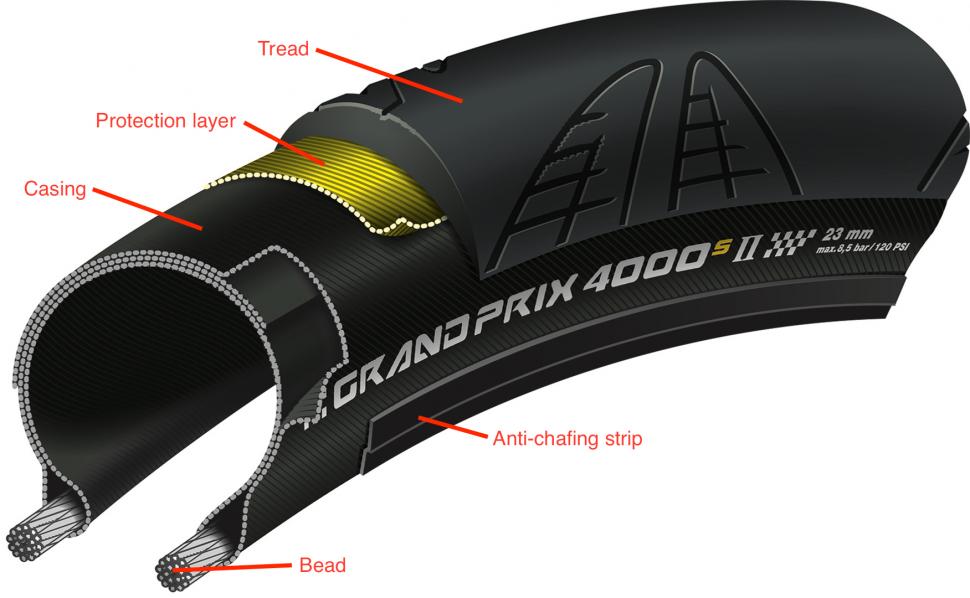

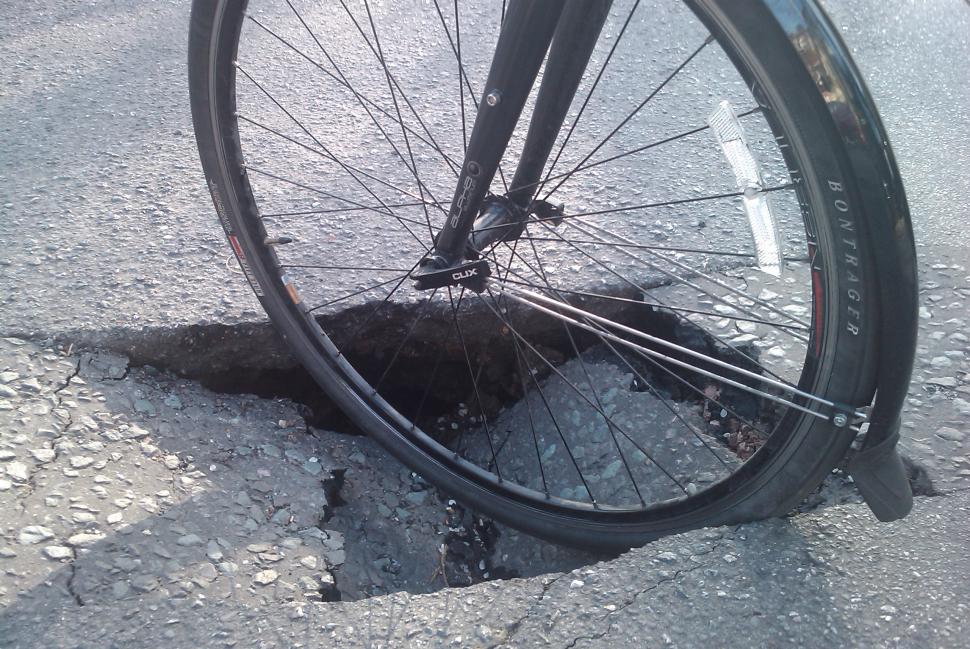
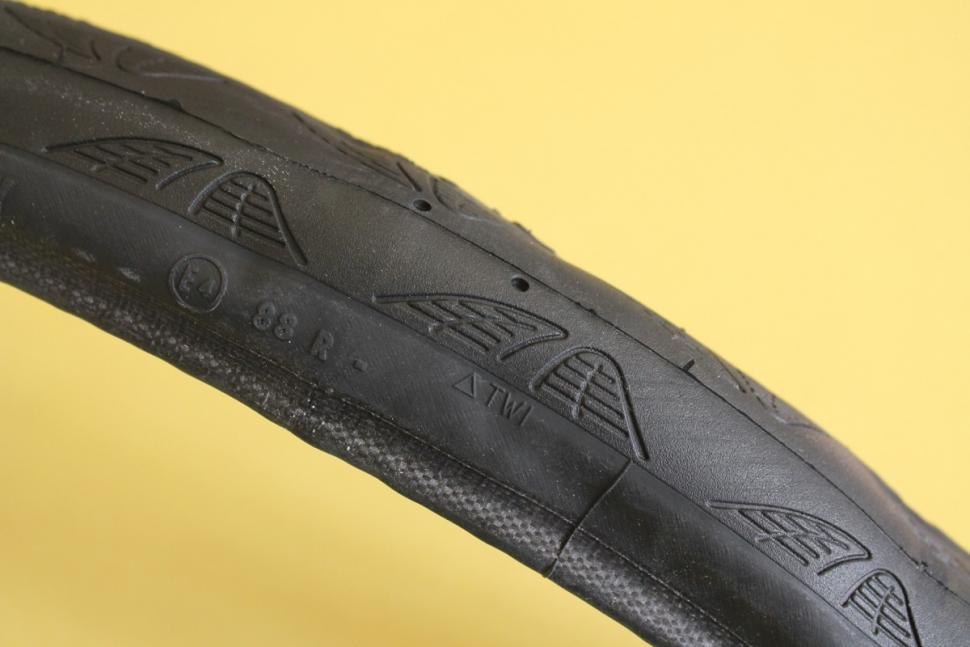
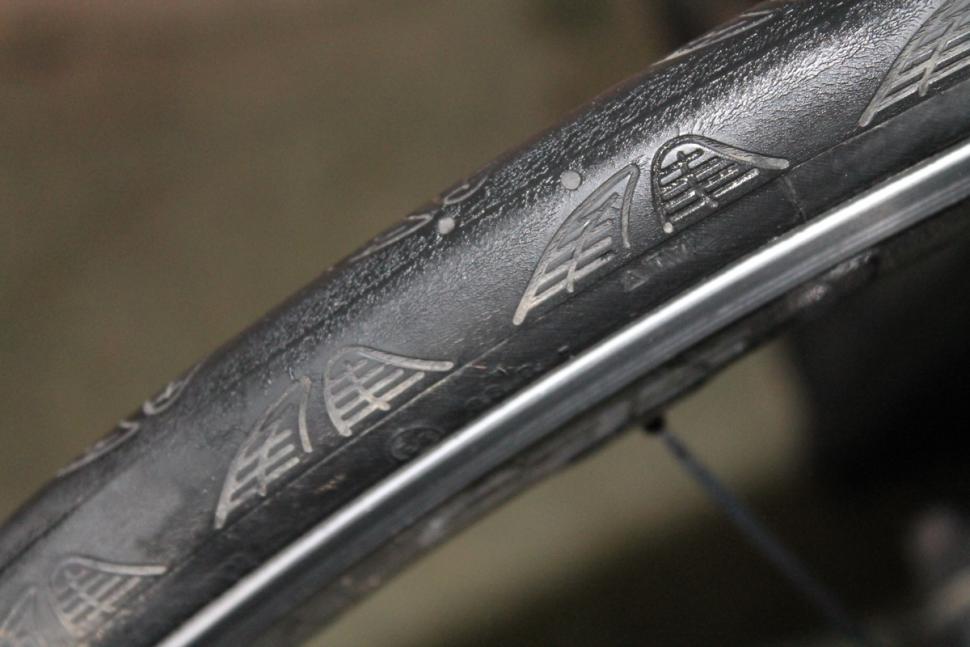
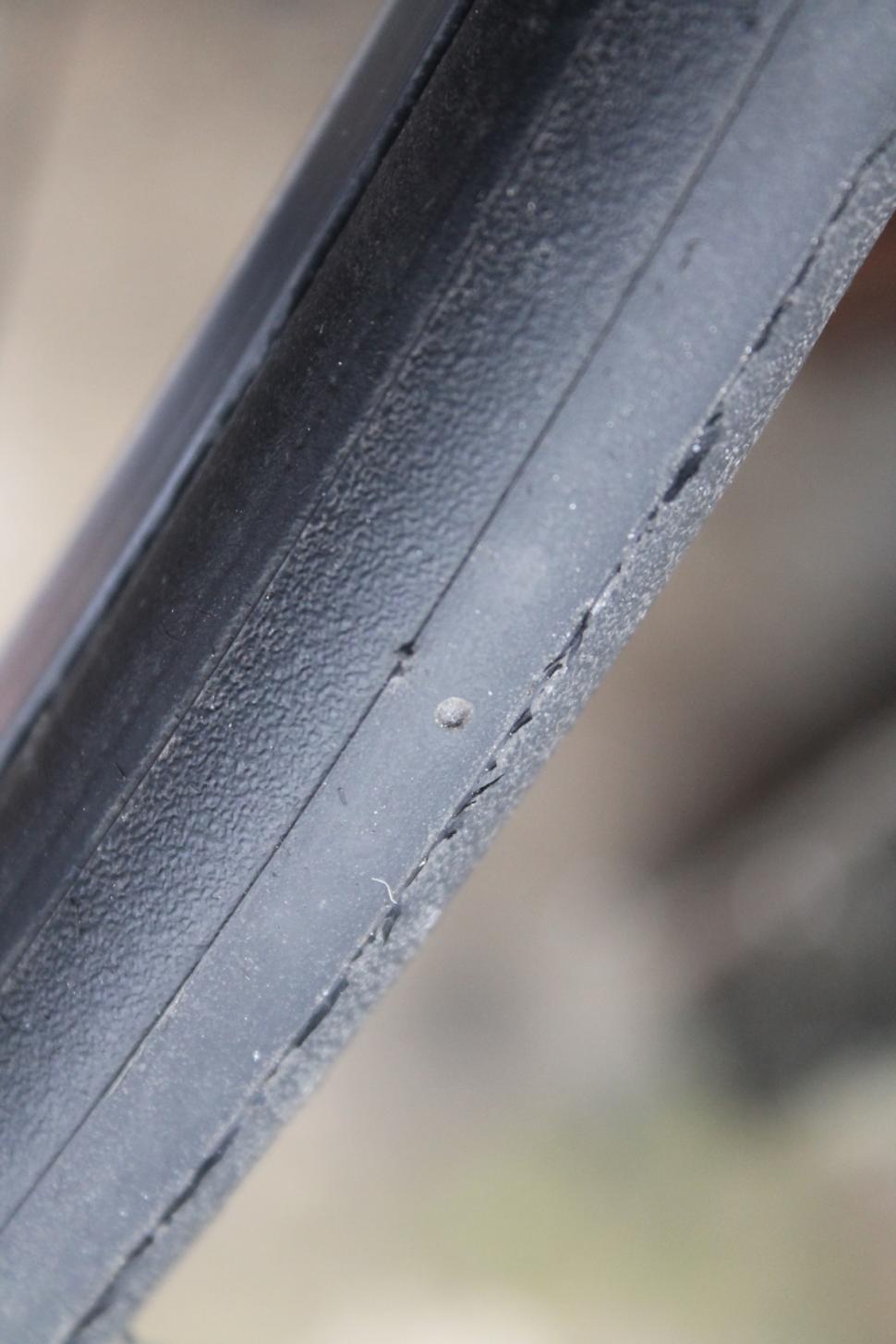

Add new comment
50 comments
This is one reason why the new commuter has disk brakes and SPDs - cut costs on wheel rims, pads and cleats. Fatter tyres (28mm) also seem to be hodling up well. Don't ask about tyre costs on the road bike - it chewed through two Schwalbe 1 tubeless and one standard tyre in 8 weeks. That's £160. Bah.
What kind of riding are you doing and how much? My D/A pedals have lasted about 15000 miles so far and not near to wearing out, but nearing the end of my second set of cleats. 6000 miles a year road riding.
My MTB pedals are about 8 years old (Deore) and though I do much less MTB, I've never had pedals wear out as such (replaced the odd bearing). Cleats do wear out, and probably in a year if you ride every day, but cleats are pretty darn cheap to replace (12 quid). You sure you're not replaceing your pedals when all you need to do is replace your cleats? I'd expect cleats to last 5-6000 miles at least, which makes them .2p per mile....
HOW do pedals only last a year? I've had my Looks for 2 years, and some SPD's on my commuter for 3-4. Do you not service them? Throwaway society! Cleats last a year easily. You must do some heavy mileage!
I've often patched the inside of a tyre with a rubber tube repair patch, when a relatively new tyre gets a small "slice" to it (no more than a few mm). Afterward I can ride these tyres as normal, for thousands of km until they wear out "naturally". But admittedly I quickly check my tyres before every ride because I also use latex tubes and consequently have to pump them up every time. It's become part of my riding routine and I've lost track of the number of bits of debris (usually glass) I've found and flicked out before it could cause a flat; not to mention a couple of times when I found the tyre had suffered sidewall damage and needed replacing. Best method is to use an LED headlight in a darkened room while you roll the wheel over. Bits of glass show up like diamonds, it's great!
I managed to get 6000 miles from a Conti GP4Season tyre by swapping it from rear to front when the original front wore out. Given that I pay around £35 for the tyres I aim to get the cost of the tyre down to 1p/mile or less.
Off to look at the TWIs.
“Also, if you ride over something that causes an obvious bump or jerk to the handling of the bike, your tyre may have been damaged, even if you don’t suffer a puncture. Again, stop and check just to be safe"
So you're telling me I should change my tyres after every ride I do on cobbles (almost every weekend ride in Belgium)?
The bit you quoted said "check" not "change". I don't think checking tyres after a cobbles ride is actually that bad an idea. However, if you took the quote literally, perhaps you should be stopping to check your tyres after every sett you ride over
Replace your tyres if, when you lock your brakes and skid to a stop for a laugh, a large section of tread peels away from the casing.
Admittedly, it has only happened to me once.
When should I change my tyres? When I realise that Mavic Yksion tyres are terrible and I get a puncture every other ride.
Odd that, I've had the exact opposite experience with Yksion's. Near 4000km ridden on the pair I have and only 1 puncture in all that time! Unlucky bud
To be fair, I'd managed over winter without a single one, then we had all that rain plus hedge trimming season.
Glad yours are holding up.
Depends where you ride. YMMV very literally.
In deepest Hampshire with flints on the back roads Mavic/Continental rubber compounds are way too soft and these tyres last anything from 1 to 20 rides only, depending on the season. (rain in winter means Continetal Gatorskins in particular last 1-2 rides for me - and Yes I tried them 3 times before learning the lesson).
If you suffer multiple punctures on a regular basis switch to Schwlabe Durano Plus tyres, they cost a bit more but you bank the savings in patches and inner tubes many times over during their lifetime. You won't look back.
In summer the Scwalbe Ones are a good trade-off between wieght and puncture resistance.
Going back to the Yksiums I use them for a fortnight each summer in the high Pyrenees with zero punctures, they are great tyres assuming no flints or glass on the roads. Ride them here in Hampshire and I can't complete a single ride without a puncture.
The lesson is... buy/fit tryres suitable to, your riding location, your weight (I'm 80kg), and the propensity of flints/glass in your area.
I totally agree. They are the worst tyres I have EVER had, came free with a set of Mavic wheels, first time out I got 1 puncture then a slash an inch long. They went in the bin as soon as I got home and put my trusted Vittorias on, same road the next day and tyres still going strong.
Those things are just unbelievable. Anytime someone turns up on a ride with them, you can safely say to yourself "OK, plenty of rest time today again", and you'll never be disappointed. They are totally and uttlerly crap to the extent that I have no idea how they make them be so bad.
"Most often, though, tyres simply wear out"
Do people actually find this to be true. If I followed the guidelines about tyre damage then none of my tyres would ever wear out. Maybe it's just me but significant sized cuts and sidewall damage is all too common.
I'm about 50/50/ Twice last year when lining up for a race I found that my tyre was worn right through (once on race tubs, which I rarely check as they only do about 1000 miles a year, so last for a couple of years).
On my training wheels at least 50% of tyres are discarded before they wear through due to sidecuts or deep tread cuts.
What "wears out" are the crowns, the part where the rubber actually meets the road. When they start looking flattish and the ride feels grindier or rougher even over the smoothest of surfaces, it's time to consier a new one. And, yep, the old tire to the back and the new one on the front.
I agree. I've never worn a tyre out; it'll always get sliced up within 3,000km.
I have to disagree about buying new tyres just before a big event. Getting brand new tyres off and on again is a major pain. I'd loosen new tyres up for at least 300 miles first.
I do agree with TV about swapping front to back.
When the rear tire gets worn down, I hear it's better to put the front tire on the rear, then buy a brand-new front tire. It makes sense since it's easier to recover from a sliding rear tire than a sliding front. When the front tire lets go, that usually translates into hitting the deck. You can at least still do something about a rear tire that slides.
Pages